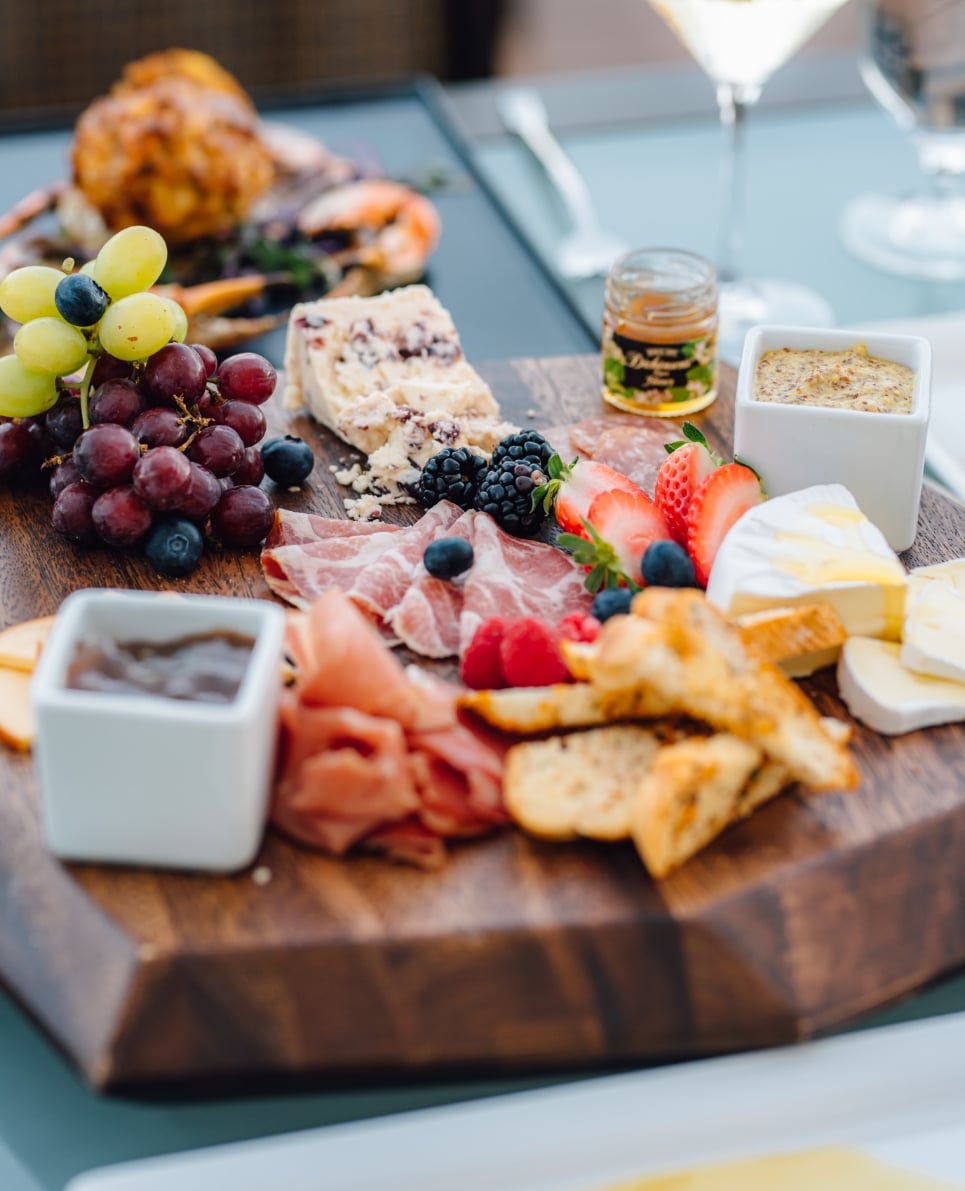Wine has been around for centuries, though it has improved in quality and taste over the years with the development of better techniques for grape growing and winemaking. There are many varieties to enjoy, so whether you are new to wine or an enthusiast, a wine tasting can offer a unique experience to discover new wines you love.
What Is a Wine Tasting?
A wine tasting provides an opportunity for vino enthusiasts to experience different wines. Through wine tasting samples, you can learn about where and how various wines were made, what qualities they possess and whether you enjoy their flavor.
How Does Wine Tasting Work?
When you arrive, a server will greet you and offer a wine tasting flight, or a selection of different wines. You will continue to receive samples throughout the tasting, with adequate time to experience and evaluate each. Focus on observing color, clarity and scent.
Make an effort to taste new types and ask questions about wines you are experiencing for the first time. Decide how you want to judge the quality or impression you get of each wine and keep notes.
Wine Tasting Etiquette
Always make a reservation before you attend a wine tasting, and wear clothing appropriate for the weather. A tasting is a special event, so be sure to dress to match the elegance of the setting.
Arrive with a full stomach and drink responsibly to keep your senses sharp, as doing so will allow you to enjoy many selections throughout the event. When tasting wines, hold your glass by the stem. This grip will help you observe the color of the wine and keep it at the ideal temperature.
Understanding Your Palate
When you sample wines, your goal is to examine the appearance, aroma, flavor and texture of each glass to discover the quality and determine your preference for it. Some aspects to observe when sampling wine include color, aroma and taste.
Color
The lightness or darkness of wine may indicate its age and quality. Red wines are darker when young and grow lighter as they age, while white wines begin light and become more golden or brown with time.
Aroma
When you smell your wine sample, be alert for a fruit scent. White wines will have smells of citrus, orchard and tropical fruits — think lemon, apple or mango, for example. Red wines will have notes from red, black and blue fruits like raspberries, blackberries and blueberries.
You can also identify other aromas such as herbs, flowers, earthiness or spices that indicate various winemaking techniques and characteristics of the region in which the grapes were grown.
Taste
Taste and aroma are closely linked. The more complex the layers of flavor and scents, the higher quality the wine. Another quality indicator is the finish, or how long the flavors last in your mouth.
Join a Wine Tasting Event With Tallulah Crafted Food and Wine Bar
Ready to expand your palate and participate in a wine tasting? Come to Tallulah Crafted Food and Wine Bar for a unique and memorable wine tasting experience on our scenic outdoor terrace. Reserve your place today by calling us at 225-388-5710 or filling out our online form.



